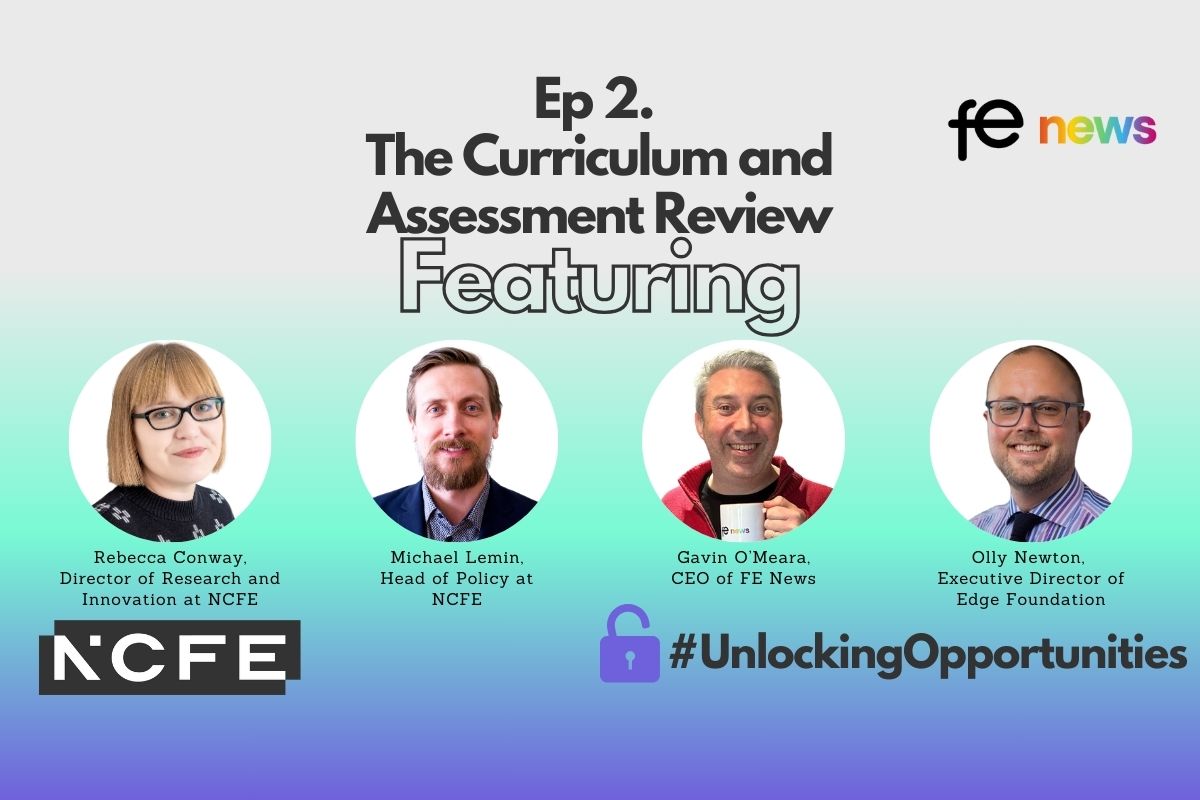How distance learning can plug the UK’s skills shortage

#FE colleges’ step-change in willingness to embrace distance learning
Remote learning is not a new concept for educators. Today, there are nearly 400,000 distance learners in Higher Education (HE), and three-quarters of university leaders say that online tuition is just as effective as lessons undertaken in a physical classroom.
However, while the power of distance learning is broadly accepted by the HE sector, the Further Education (FE) market has always been different. A focus on in-person tuition has understandably been prioritised, as vocational subjects call for hands-on training and workplace experience, and the vast majority of learning has always been done in the classroom.
That is, until now. Over the past few years, there has been a step-change in FE colleges’ willingness to embrace distance learning, with more and more courses available online. A great example of success in the field is Middlesbrough College, which secured a £300,000 Government grant to provide remote learning powered by Instructure’s Canvas Learning Management System – and is now able to offer a much more flexible and accessible provision to its 15,000 students.
But what’s driving the sector’s surge in remote learning? And what impact is it going to make on the widely reported skills shortage we’re facing in the UK?
An opportunity for employees?
With Brexit looming, and the real possibility that migration restrictions could soon hit employers, it’s perhaps unsurprising that UK businesses are concerned about a shortfall of qualified staff.
However, while we know that the existing and persistent skills shortage is proving problematic for British employers, some experts suggest that a short-term skills gap like this may present an opportunity for employees who want to diversify their careers. Indeed, with distance learning more readily available, re-skilling can be done around existing professional and personal commitments – making the idea of retraining an achievable possibility for many.
On the other side of the coin, access to readily available and easily customisable online content may encourage employers to hire and train less-experienced workers. Indeed, taking a risk on, and training, less experienced employees can be less costly than hiring more qualified staff – helping to fill longer-term skills shortages in a more sustainable way.
So, with more FE enrollments in 2019 than ever, it seems as if we’re already seeing a rising tide of mature students embracing technologically-enabled learning. And what’s more, barriers to such flexible learning are now being overcome thanks to rapidly improving technologies which provide a better, more unified and seamless learning experience.
Better technology fuelling better experiences
Although there are now many more FE colleges than HE institutions, not every town has one. In fact, the Association of Colleges claims that the average commute to an FE centre is 15 miles, meaning that attending college in person remains logistically laborious for many. However, the development of rapid mobile internet – first 4G and now 5G – means that learners can more easily engage in online activities, and that e-learning courses are available for everyone with good mobile connectivity.
An upswing in distance learning isn’t only facilitated by improving infrastructure though. Crucially, improving the method of delivery makes sure students have the tools to upskill and develop with the required flexibility.
As more and more institutions move away from legacy platforms, the potential of next-gen e-learning is fast being unlocked. By using cloud-native platforms that have been built with intuitiveness and usability in mind, students can engage with learning materials across a range of devices, not just at college or at home, but wherever and however they learn best.
Modern platforms, such as Instructure’s Learning Management Platform Canvas, ensure students don’t lose out on the crucial collaborative learning experience either. Indeed, we have found that effective distance learning can even break down barriers that prevent interaction in the classroom. By harnessing the power of modern learning management systems, proactive learning and democratised collaboration becomes a lot more achievable for students who suffer from classroom shyness and who can be crowded out by more assertive learners.
So, we believe that the barriers to distance learning in FE have slowly been dismantled. And, as technological advancements in connectivity and learning management platforms make the delivery of virtual learning significantly more efficient and effective, advances in online learning may be the best news yet to companies struggling to fill jobs.
Colleges must now move with the times and make sure that remote opportunities are afforded to all students, no matter their course or level of study. Grasping this opportunity could prove crucial for a sector looking to grow and thrive in an educational system in a state of flux.
Sam Blyth, Director of Schools and FE, Instructure











Responses